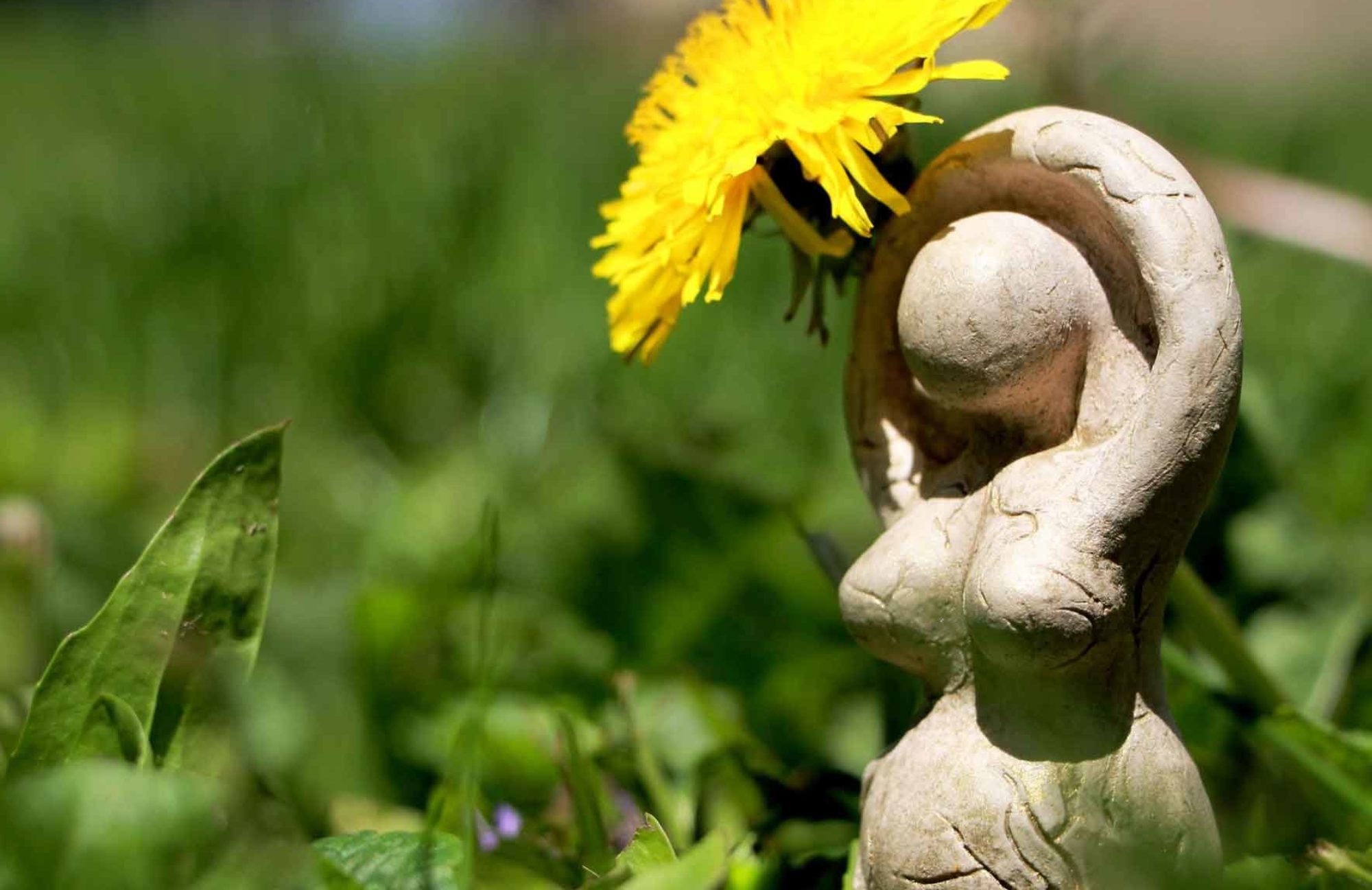Recently we invited our advisory board members to tell us what is on their minds these days, to share their current projects, milestones, and emerging collaborations. Donna’s report is the fifth in this series.

Donna Read’s Life At The Moment. – May 15, 2021. I turned 80 in 2018 and I found myself surprised I was still making movies and enjoying my work: I had imagined by this time, I would be ‘retired’. I was working with a group of architects and social designers who were interested in slum rehabilitation. Their first selected project was a small slum in India about 400miles north of Mumbai. The idea was to document the process, get to know the people involved and to follow up on their life after the project was built.

In November, 2019, I was there for the last shoot we would do before the building was completed, when I fell and broke my hip.
This was the beginning of a major change in my life and eventually opened the path to my retirement. I got home to Montreal in time for my 81st birthday with three pins holding my hip together and an x-ray showing a growth in my bladder.
I had the growth removed in March 2020, it was non-replicable cancer, and the day I left hospital, Montreal went into quarantine for the Covid-19 virus. I had expected to get back to work, because after all, I work from home when I edit, but Covid changed everything including the situation in India, and my own priorities.
Over the next few months, due to the virus and extreme monsoons building progress on our project in India virtually came to a stop. There was a change in the office personnel, a filmmaker from India was hired, trips back to India were cancelled and I found myself wondering where I could fit into a project so far away in distance, culture and completion.
As the months unfolded, I was concerned I could not contribute in the way my heart was telling me to. I had felt part of a global story when I started the movie but with Covid I was feeling that vision had to include the political as I watched with horror what was unfolding in India, a departure from the original intention of our movie and something I knew I could not do from Canada. More I felt my true purpose was to do the work from where I was, to tell stories I know and understood.
In March 2021, I fell and broke my other hip and it put me where find myself now. I have been in hospital for two months…surgery on my broken hip and a hip replacement on the hip I broke in India. Contemplating my future from a hospital room certainly put things into perspective.
I am very aware of Time. And in truth, I no longer want to spend any more time making films as they are Times black hole. I am however drawn toward serving those who come into my orbit with a particular need; I am willing to advise and to serve those needs but not to be responsible for the outcome.
I have a big family 5 children, 5 grandchildren and 2 great-grandchildren. I want to spend time with them not the computer screen. To satisfy my creative urges, I have hours of family videos and photos I want to put together. And of course I have friends I want to visit, places I still want to see.
I feel free at the moment, open to serving the life around me best I can. I know that purpose will make itself known to me as I progress down the retirement path and I open myself to the mystery, like it always has.










You must be logged in to post a comment.